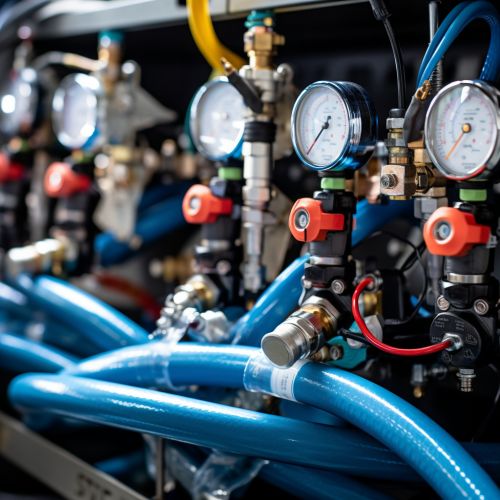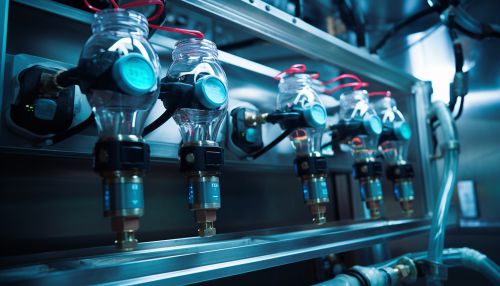Life support system
Overview
A life support system is a complex array of devices and technologies designed to sustain life in environments that would otherwise be inhospitable or lethal. These systems are commonly used in space travel, deep-sea exploration, and in medical settings where a patient's vital functions need to be maintained artificially. The primary function of a life support system is to provide the essential elements for survival, including oxygen, water, and nutrients, while simultaneously removing waste products and maintaining a stable internal environment.
Components of a Life Support System
A comprehensive life support system typically includes several key components, each designed to perform a specific function necessary for maintaining life. These components may include:
Oxygen Supply


The oxygen supply is a critical component of any life support system. In space travel, for instance, oxygen is typically provided in the form of pressurized gas stored in high-strength cylinders. In medical settings, oxygen is often supplied via a ventilator or respiratory support system.
Water Purification
Water is essential for life, and a life support system must therefore include a means of providing clean, potable water. This is often achieved through a water purification system, which may utilize a variety of methods including filtration, distillation, or chemical treatment to remove impurities and contaminants.
Nutrient Delivery
The provision of nutrients is another crucial aspect of life support. In a space environment, this is typically achieved through specially prepared and packaged meals that provide a balanced diet. In a medical context, nutrients may be delivered intravenously or through a feeding tube.
Waste Management
Effective waste management is vital in a life support system. This can include the removal and treatment of human waste, as well as the management of carbon dioxide produced through respiration. In a space environment, waste management systems often include advanced technologies for waste recycling and reuse.
Temperature and Humidity Control
Maintaining a stable internal environment is another key function of a life support system. This includes regulating temperature and humidity to ensure comfort and prevent health issues such as hypothermia or heat stroke.
Applications of Life Support Systems
Life support systems have a wide range of applications, from space travel and deep-sea exploration to medical and emergency services.
Space Travel
In the field of space travel, life support systems are essential for maintaining the health and wellbeing of astronauts during long-duration missions. These systems provide the necessary oxygen, water, and nutrients, while also managing waste and maintaining a stable internal environment. The International Space Station (ISS), for instance, features a sophisticated life support system that includes an oxygen generation system, a water recovery system, and a waste management system.
Deep-Sea Exploration
Life support systems are also crucial in deep-sea exploration, where the extreme pressures and lack of breathable air make human survival impossible without technological intervention. Submersibles and diving suits used for deep-sea exploration are equipped with life support systems that provide breathable air, maintain a stable internal pressure, and manage waste.
Medical and Emergency Services
In medical settings, life support systems are used to maintain a patient's vital functions when they are unable to do so on their own. This can include mechanical ventilation, dialysis machines, and extracorporeal membrane oxygenation (ECMO) machines. Life support systems are also used in emergency services, such as ambulances and rescue helicopters, to provide immediate care to patients in critical condition.
Future Developments
The field of life support systems is constantly evolving, with ongoing research and development aimed at improving efficiency, reliability, and safety. Future developments may include more advanced waste recycling systems, more efficient oxygen generation technologies, and the development of closed-loop systems that can operate indefinitely without the need for resupply.
